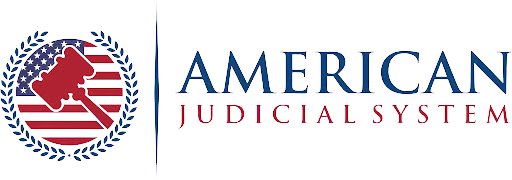If your child is injured in a Nevada car accident, your initial concern is likely their well-being, safety, and health. Navigating police reports, medical bills, and insurance adjusters can be overwhelming when your focus needs to be only on your family. But the legal landscape of a child’s injury claim is complex and must be taken care of before it is too late to secure a positive outcome.
Unlike in an adult’s case, a minor cannot settle a case or sign documents by themselves. The process entails a parent or guardian and court approval to seal any agreement. This is to secure the child’s financial future.
The following are the essential things you must do as soon as possible after an accident to secure your child’s welfare and legal interests:
- Immediate Steps: Medical Care and Documentation
Your child’s well-being is always the priority. Get appropriate medical care, regardless of how minor the injuries may appear. Children may not always be able to articulate pain, and some kinds of injury, like concussions or internal injuries, are not always evident. Have all medical reports clearly report that the injury was caused by the car accident.
In the moments following the crash, if physically able, document the scene thoroughly. Take photographs of all vehicles, skid marks, debris, and road signs. Take contact and insurance information from all parties involved, as well as any witness information. Most importantly, you need to help authorities get the police report completed accurately, as you will be required to use this report in any future insurance claim. Do not give a recorded statement to the at-fault driver’s insurance company until you’ve met with legal counsel first.
- The Unique Impact of a Car Accident on a Child
An auto crash affects a developing child differently than an adult, creating special legal and financial requirements.
Developmental and Psychological Effects
Because a child’s brain and body are still developing, a collision can cause serious, long-term consequences. Aside from the immediate physical injury, the trauma may also cause emotional harm, which may cause fear of riding in a car, anxiety, Post-Traumatic Stress Disorder (PTSD), or backward steps in social and academic development. The non-economic damages, commonly filed as pain and suffering, are a significant aspect of the claim and may require long-term psychological care.
Prolonged Legal and Financial Exposure
A minor’s claim for damages for injury has a different statute of limitations: for most Nevada personal-injury claims, the limitations period is tolled during minority; a child typically has two years after turning 18 (until age 20) to file. Certain claims (e.g. med-mal) can have different rules. This longer period is significant because the complete extent of their injuries—and related future medical care and costs—won’t be clear until they are fully grown up. Their appropriate calculation of overall damages is complex and needs to consider:
- Lifetime Care: Costs for recurrent physical therapy, recurrent surgery, reconstructive treatment, and specialized education.
- Loss of Future Earning Capacity: In case a permanent disability prevents them from pursuing a career path, the claim must calculate lost income for the rest of their working lifetime.
- Unraveling Complex Liability: Maximizing Coverage
Because the potential damages for lifetime care of a child are many times that of an adult, you need to find and sue all the responsible parties to use up all insurance coverage available.
This is especially critical when the opposing party has limited insurance. We pursue the other potential “deeper pockets”:
- Commercial Vehicles: Accidents involving a commercial auto, business vehicle, or an 18-wheeler mean pursuing big business insurance policies, which carry the resources needed to finance a child’s increased lifetime costs.
- Government Liability: In the case where the accident was caused by faulty traffic lights or poor road construction, the state, county, or city government may be liable. The enormous cost of caring for a child for an extended period usually necessitates bringing suit against government agencies.
- Product Liability: If a child’s injury was caused or exacerbated by a faulty car seat, brake malfunction, or faulty airbag, the supplier or manufacturer can be held accountable.
- Uninsured/Underinsured Motorists (UM/UIM): A child’s serious injury can quickly exceed the limits of the at-fault driver’s or your own UM/UIM policy. Therefore, it’s crucial to pursue all potentially responsible parties from the outset.
- The Role of a Guardian Ad Litem and Court Approval
Because a child cannot legally ratify a settlement, any resolution of his or her Nevada personal injury claim must be ratified by the District Court in a process known as a Minor’s Compromise.
The primary function of the court is to make certain that the settlement is fair and in the child’s best interest. This is usually a process that includes the designation of a Guardian Ad Litem—a person (usually the parent) who officially represents the legal interests of the child in the settlement. When the settlement is approved, it is typically invested into a sheltered block annuity or account, under a protective order, that the child will not be able to reach until they are of age (18 or 21, depending on the terms), where the funds will be saved for their future.
- How Benson & Bingham Can Help Secure Your Child’s Future
At Benson & Bingham Injury Law, we battle to protect your child’s right to a full recovery. As trusted Las Vegas car accident attorneys, we handle every aspect of the case: accident investigation, projecting the lifetime cost of care, aggressively pursuing all parties who are liable, and negotiating the Minor’s Compromise required in court. We ensure your child’s future is protected so you can focus solely on their recovery. Contact Benson & Bingham today for a free, no-obligation consultation on your auto accident case.









